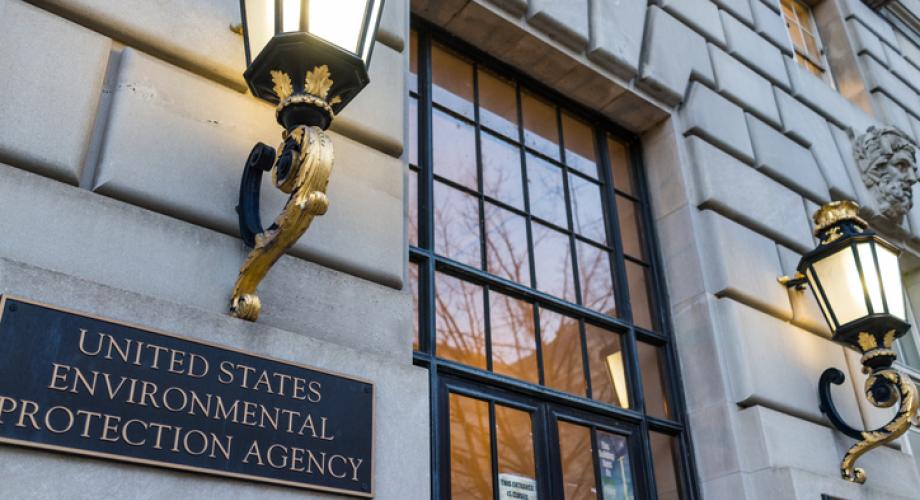On October 24, 2024, the Environmental Protection Agency (EPA) published a rule that dramatically alters how dust hazards from lead-based paint are defined and remediated in covered rental housing. The final rule reduces the level of lead dust considered hazardous to “any reportable level as analyzed by any laboratory recognized by EPA’s National Lead Laboratory Accreditation Program (NLLAP)” and substantially reduces the threshold for clearance post-abatement, increasing operational uncertainty for housing providers and confusion among renters and their families about potential lead hazards in their homes.
Background
The EPA began setting dust-lead hazard standards (DLHS) and dust-lead clearance levels (DLCL) in 2001 under the Toxic Substances Control Act. The DLHS are commonly used to determine what amount of lead dust poses a health risk in housing units that participate in a federal assistance program and was built before 1978, the year lead-based paint was banned by the federal government. The DLCL, meanwhile, sets the acceptable amount of lead dust after an abatement is performed.
Since these regulations have existed, the DLHS and DLCL have been coupled. For example, the EPA’s current figures for both values are 10 µg/ft2 (micrograms per square foot) of lead for floors and 100 µg/ft2 for windowsills. Any lead dust above those numbers is considered a health hazard and any post-abatement clean up will be considered successful if it brings the dust levels below those figures.
Final Rule
The final rule decouples the DLHS and DLCL for the first time, and implements a non-numeric DLHS value of any reportable level as analyzed by a NLLAP lab. Changes to the DLCL include lowering clearance levels for floors to 5 µg/ft2 (from 10µg/ft2), 40 µg/ft2 for windowsills (from 100 µg/ft2), and 100 µg/ft2 for window troughs (from 400 µg/ft2). This decoupling under the new rule means that a property could test under the new clearance standard but above the new hazard standard, triggering renter notification requirements even after abatement was successfully performed.
The Industry’s Response
The National Apartment Association (NAA) worked closely with the National Multifamily Housing Council and its coalition partners in our federal regulatory advocacy efforts to elevate the industry’s concerns with the manner in which EPA proposed to achieve further reduction of lead dust levels and the associated unintended health impacts on renters and their families. Just last month, we met with Biden Administration officials to amplify our concerns about the lead-dust regulation and warn of the adverse effects this will have on renters and rental communities.
The rental housing industry remains committed to further mitigation, however new lead standards must be realistic and achievable. NAA remains concerned that the agency’s rule neither considers a complete analysis of health impacts nor relies on the best available science, and further, will discourage housing providers from participating in critical housing assistance programs and ultimately reduce the availability and affordability of rental housing for families with children.
To learn more about NAA’s federal regulatory advocacy, contact Nicole Upano, NAA’s AVP of Housing Policy & Regulatory Affairs.
